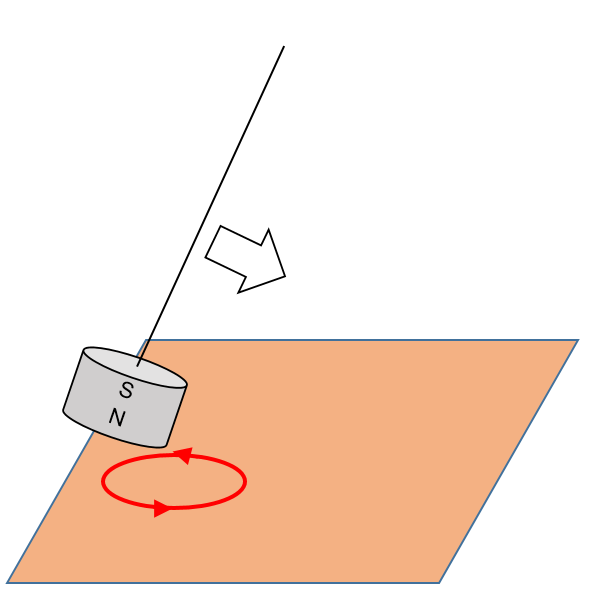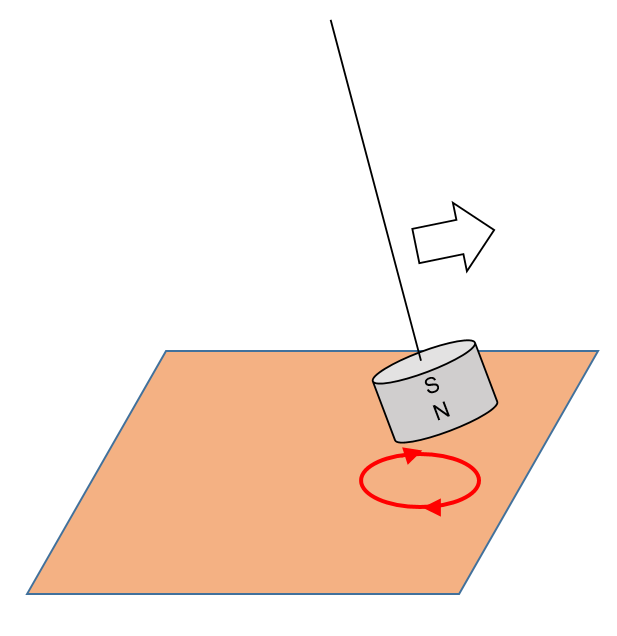As promised, I am sharing another purchase made during this mid-term break for my kids.
Magdeburg hemispheres are used to demonstrate the power of atmospheric pressure. This simple demonstration kit consists of two plastic hemispheres, a rubber ring, a one-way valve, a syringe and some rubber tubing.
First, the one-way valve and the syringe are attached to the hemisphere that has a nozzle.
The two hemispheres are then placed together with the rubber ring between them. The rubber ring will serve as a seal as the hemispheres press against it when the air is pumped out.
As the syringe is pulled, the pressure inside the sphere decreases. This results in the atmospheric pressure being significantly larger than the internal pressure and thus, the hemispheres can not be pulled apart by hand.
To separate the hemispheres, remove the tubing and the hemispheres will simply fall apart as the internal pressure rises and reaches an equilibrium with atmospheric pressure.
The kit can be bought for less than S$3 here. There are other sellers that seem to offer lower prices, which I realised while doing a search for the keywords “Magdeburg Hemispheres” only after making the purchase because I was thinking it could not get any lower.


